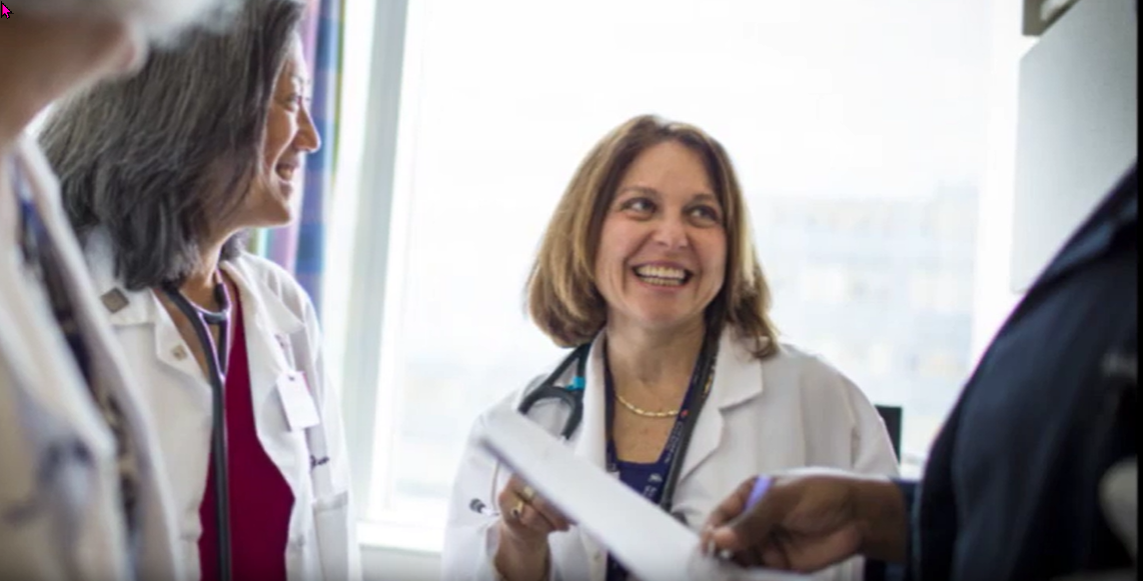Video
Safer Primary Care: the World Catches Up with Dr. Gila Kriegel
Jul 29, 2014
Duration: 3:43
This podcast is an episode of Patient Safety Updates. You can find other episodes and subscribe using the links to the left.
Whether it’s devising a “near miss” reporting system, learning lessons from a malpractice case, or using information technology to coordinate with specialists, Gila Kriegel, MD been attacking medical error in primary care far longer than most. Now that ambulatory care is the vanguard of patient safety, her insights are more valuable than ever. Dr. Kriegel shares her motivation and the excitement of getting attention and funding for her efforts.
Transcript
I love quality improvement work because I feel that the work that I’m doing extends to other patients in our practice, but also to other patients in the whole hospital, the BI system, and through the work with CRICO to other Harvard hospitals. So that’s very motivating because you can just multiply your efforts and see them making a difference.
When things go wrong, the doctor will say to themselves, what did I do wrong? And what we find so often is that it’s not that the individual physician or provider did something wrong, it’s that the systems didn’t support them sufficiently and yes, occasionally, not infrequently, it’s that there was a cognitive error made and we are thinking about that too. But so often there are systems issues that we can make a change and prevent something like that from happening again. We see it over and over and over again.
A good example of a project: when a patient has their spleen removed, they are at increased risk for infection, and there are a series of recommendations of what you do for a patent who has had their spleen removed so they are asplenic. They have no spleen, in terms of immunizations, giving them antibiotics in the event of an infection. So we were able, with the help of the IT group, to pull a list of all of our patients—or many of our patients anyway—who fit into that category. We had some help and looked into those charts, and we found that only 14 percent of our patients had had all of the recommended interventions.
So that was a project that flowed from a case and then we were able through sort of a PDSA cycle of, we tried one thing, it didn’t work so well, we tried something else and it worked better. Ultimately, we got up to over 85 percent of our patients, almost close to 90 percent, having all the recommended interventions for that group of high-risk patients. That’s an example of one thing that we did. I could give you a lot of others, big and small projects that, when we look into one case, we say okay, if we could fix this, this might not happen again and now we have impacted on all these patients.
As the systems become more complicated, you need to be able to step back and look at when things go wrong, how can you change those systems to make sure that your patients are getting the best quality of care and that there aren’t things in the system that are conspiring against that.
One of the ways that we at least are beginning to try to do that is through population management, which requires better IT capabilities than we have in our institution right now but we’re getting there. There is a lot of effort, and because some of the insurance companies and ACO are sort of imposing this on us, there’s enough money behind it that that’s sort of driving us to get to those solutions faster than we ever have before.
About the Series
We’ve got you.
Our Safety Net podcast features clinical and patient safety leaders from Harvard and around the world, bringing you the knowledge you need for safer patient care.
Episodes

$1.5 Billion in Miscommunication: Medmal Data Report Finds Opportunities

Case Dismissed! Every Medical Defendant’s Dream Still Holds Some Nightmares


